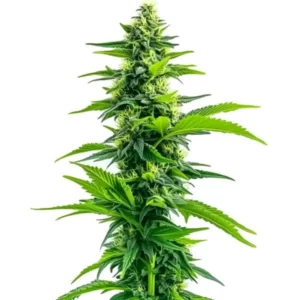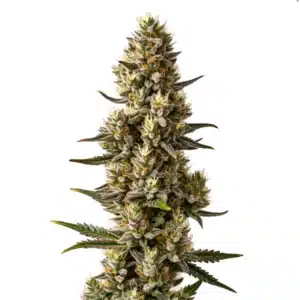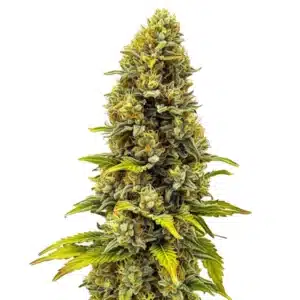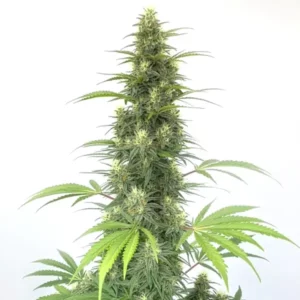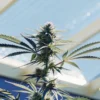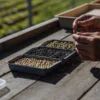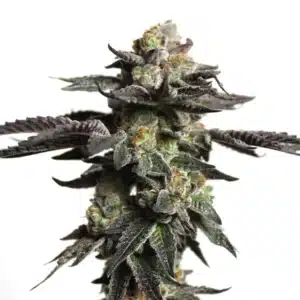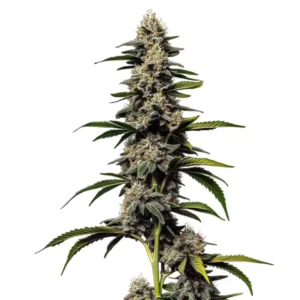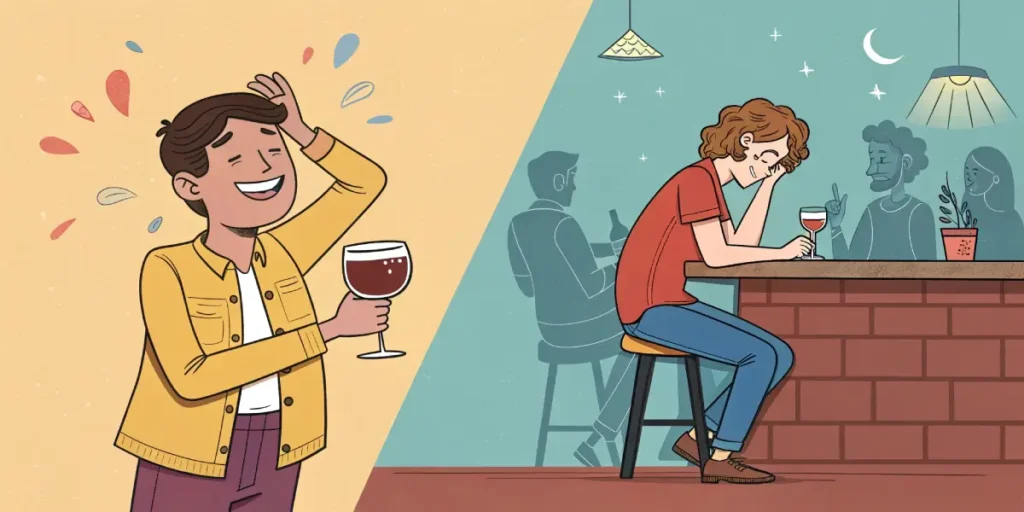
Difference Between Drunk and Tipsy
What Does It Mean to Be Tipsy?
Difference Between Drunk and Tipsy: being tipsy is often described as the initial stage of alcohol consumption. It’s a light, pleasant buzz where you feel relaxed, more social, and slightly giddy. At this stage, the effects of alcohol have started to influence your body, but not to an overwhelming extent. You might notice a slight warmth in your cheeks and a boost in confidence, but your cognitive abilities remain mostly intact.
Tipsiness typically occurs after consuming a small amount of alcohol, depending on your body weight, tolerance, and the type of drink. It’s a manageable state that many people associate with social drinking and fun conversations.
Recommended Strains
ACDC (1:18)
|
|
CBD | 18% (Medium) |
|
|
Type | CBD Feminized |
|
|
Yield | Medium |
|
|
Phenotype | 50% Indica / 50% Sativa |
Acapulco Gold
|
|
THC | 15% - 19% (Medium) |
|
|
Type | Feminized |
|
|
Yield | Medium |
|
|
Phenotype | 30% Indica / 70% Sativa |
Promos & Deals
What Does It Mean to Be Drunk?
Being drunk is a more intense level of alcohol consumption where the effects become significantly more noticeable. Your coordination, speech, and decision-making abilities are impaired. This state often includes exaggerated emotions, whether that’s happiness, sadness, or even anger.
Unlike being tipsy, being drunk can have physical side effects like dizziness, nausea, or the infamous “spins.” It’s the point where alcohol starts to dominate your system, and judgment becomes cloudy. People often associate drunkenness with loss of control, which can lead to risky behavior or regrettable decisions.
Key Differences in Effects and Behavior
While both states are influenced by alcohol, there are clear distinctions in how they affect your body and behavior:
- Level of Impairment: Tipsy individuals maintain control, while drunk individuals experience significant impairment.
- Social Interaction: Tipsy people are more conversational and lighthearted, whereas drunk individuals may become loud or overly emotional.
- Physical Impact: Tipsiness feels like a slight buzz, whereas drunkenness can lead to stumbling, slurring, and even blackouts.
These differences highlight why moderation is key to enjoying alcohol responsibly.
Physical Effects: Drunk vs. Tipsy
Coordination and Balance
When you’re tipsy, coordination and balance remain relatively intact. You might feel slightly lighter on your feet, but walking and performing simple tasks are easy. However, being drunk significantly impacts motor skills. Walking in a straight line becomes challenging, and even simple movements require more effort.
This difference is why tipsy individuals can usually partake in social activities, while drunk individuals may need assistance or prefer to stay seated.
Speech Patterns and Clarity
Tipsy speech is more animated and expressive, often accompanied by laughter or louder conversations. However, being drunk can lead to slurred words and difficulty articulating thoughts. This shift not only affects communication but can also make it harder for others to understand what you’re saying.
Impact on Sensory Perception
Alcohol subtly affects sensory perception when you’re tipsy. Colors might seem brighter, and music might sound more engaging. When drunk, these effects intensify, often leading to sensory overload or confusion. Overstimulation can make the experience overwhelming rather than enjoyable.

Mental and Emotional Effects
Mood Changes When Tipsy vs. Drunk
Knowing the difference between tipsy vs drunk is essential when evaluating how alcohol affects emotions. Being tipsy often enhances mood positively—people typically feel happier, more confident, and relaxed. However, being drunk amplifies emotions in unpredictable ways. While some may experience heightened euphoria, others might feel overly emotional or irritable.
Tipsiness allows you to stay present in social settings, while drunkenness can lead to exaggerated reactions and unpredictable mood swings. This shift in emotional stability is a key difference between the two states.
Cognitive Function and Decision-Making
Tipsy individuals maintain most of their cognitive functions. Decision-making might be slightly more relaxed, but overall, they can think clearly and act responsibly. In contrast, being drunk significantly impairs cognitive abilities. Poor judgment, impulsive decisions, and a lack of situational awareness are common in this state.
This impairment highlights the importance of recognizing your limits and understanding how alcohol affects your ability to make sound decisions.
Risk-Taking and Inhibitions
Alcohol lowers inhibitions, but the extent depends on whether you’re tipsy or drunk. Tipsy individuals might feel slightly more adventurous or willing to engage in lighthearted risks, like dancing or karaoke. However, drunkenness often leads to dangerous risk-taking behaviors, such as reckless driving or confrontations.
Understanding these differences can help you enjoy alcohol responsibly while avoiding situations that could lead to harm.
Social and Behavioral Differences
Communication Styles
When tipsy, individuals often become more talkative and expressive. They might share stories, engage in jokes, or initiate conversations more easily. This social openness is typically seen as fun and lighthearted. In contrast, being drunk can lead to slurred speech, overly loud conversations, or even incoherent rambling. These changes can make communication challenging and sometimes frustrating for others.
Interaction Dynamics
Tipsy individuals generally remain respectful and aware of social cues, maintaining pleasant interactions. However, when drunk, people may disregard boundaries, interrupt conversations, or become argumentative. This shift in interaction dynamics highlights the importance of moderating alcohol consumption to maintain positive relationships.
Awareness and Responsiveness
Tipsiness allows you to stay engaged and responsive during social activities. You can laugh at jokes, participate in games, and enjoy music. Being drunk, however, often dulls awareness and responsiveness, leading to missed cues or inappropriate reactions. This contrast emphasizes the balance needed to enjoy alcohol in social settings.
How Alcohol Consumption Levels Affect These States
Alcohol by Volume (ABV) and Its Impact
The alcohol content in beverages, measured as Alcohol by Volume (ABV), plays a significant role in determining whether someone becomes tipsy or drunk. Drinks with higher ABV, such as spirits, can quickly push an individual from tipsy to drunk. Lower ABV beverages, like beer or wine, allow for a more gradual increase in alcohol’s effects.
Moderation is key when consuming high-ABV drinks. Understanding the potency of what you’re drinking helps you control your pace and stay within your desired state.
Duration of Effects
The effects of being tipsy typically last for a shorter period compared to being drunk. Tipsiness may fade within an hour or two, depending on the individual’s metabolism and alcohol intake. Drunkenness, on the other hand, can last for several hours and may require additional recovery time.
This difference underscores the importance of knowing your limits and pacing your drinking to avoid prolonged negative effects.
Factors Influencing Tipsy vs. Drunk States
Several factors influence whether alcohol makes you tipsy or drunk:
- Body Weight and Composition: Lighter individuals typically feel alcohol’s effects more quickly.
- Tolerance Levels: Regular drinkers may require more alcohol to reach a tipsy or drunk state.
- Food Consumption: Drinking on an empty stomach accelerates alcohol absorption, leading to quicker intoxication.
- Hydration: Staying hydrated can mitigate some effects of alcohol and slow its impact.
By understanding these factors, you can make informed decisions to control your alcohol consumption and enjoy a more balanced experience.
Low THC Strains to Consider
Harlequin
Harlequin is a popular strain for those seeking low THC levels combined with a higher CBD content. With a THC percentage averaging around 5-7%, it provides mild effects without overwhelming psychoactivity. This strain is ideal for daytime use, promoting relaxation and focus without impairing functionality.
Charlotte’s Web
Known for its therapeutic properties, Charlotte’s Web is celebrated for its very low THC content, often below 1%. It’s a favorite among medical cannabis users looking to alleviate anxiety, inflammation, and chronic pain while remaining fully clear-headed.
ACDC
ACDC offers a balanced cannabinoid profile with THC levels below 1% and high CBD content. This strain is perfect for users who want to avoid intoxication while benefiting from cannabis’s therapeutic effects, including stress relief and improved mood.
Cannatonic
Cannatonic is another low-THC strain, with levels typically ranging from 5-7%. Its calming effects make it a great choice for unwinding after a long day. The balanced CBD to THC ratio also helps users feel relaxed without experiencing a significant high.

FAQs About Difference Between Drunk and Tipsy
How can you tell if someone is tipsy or drunk?
The main difference lies in their behavior and level of control. Tipsy individuals are more social and coherent, while drunk individuals may exhibit slurred speech, impaired motor skills, and exaggerated emotions.
Is it safer to drive when tipsy than when drunk?
Neither state is safe for driving. Even when tipsy, reaction times are slower, and judgment is impaired. Always plan for a designated driver or alternative transportation if you’ve been drinking.
How does tolerance affect tipsy and drunk states?
Individuals with higher alcohol tolerance may take longer to feel tipsy or drunk. However, their physical and mental impairment can still occur, even if they don’t perceive it as strongly.
Can hydration prevent drunkenness?
While staying hydrated can slow alcohol’s effects, it doesn’t prevent drunkenness. Hydration can reduce the severity of hangovers and help your body process alcohol more efficiently.
What’s the best way to avoid getting drunk?
To avoid drunkenness, pace yourself, alternate alcoholic beverages with water, and consume food before or while drinking. Setting a limit beforehand can also help.
How quickly does alcohol move from tipsy to drunk?
The transition depends on factors like body weight, alcohol tolerance, and drinking pace. Consuming high-ABV drinks rapidly can lead to a quicker shift from tipsy to drunk.
Does everyone experience tipsy and drunk states the same way?
No, alcohol affects individuals differently based on genetics, body composition, and drinking habits. Some may feel tipsy after one drink, while others may take longer to reach that state.



